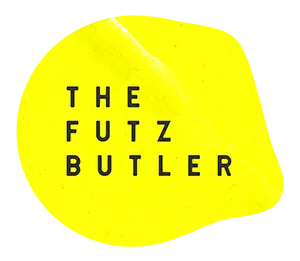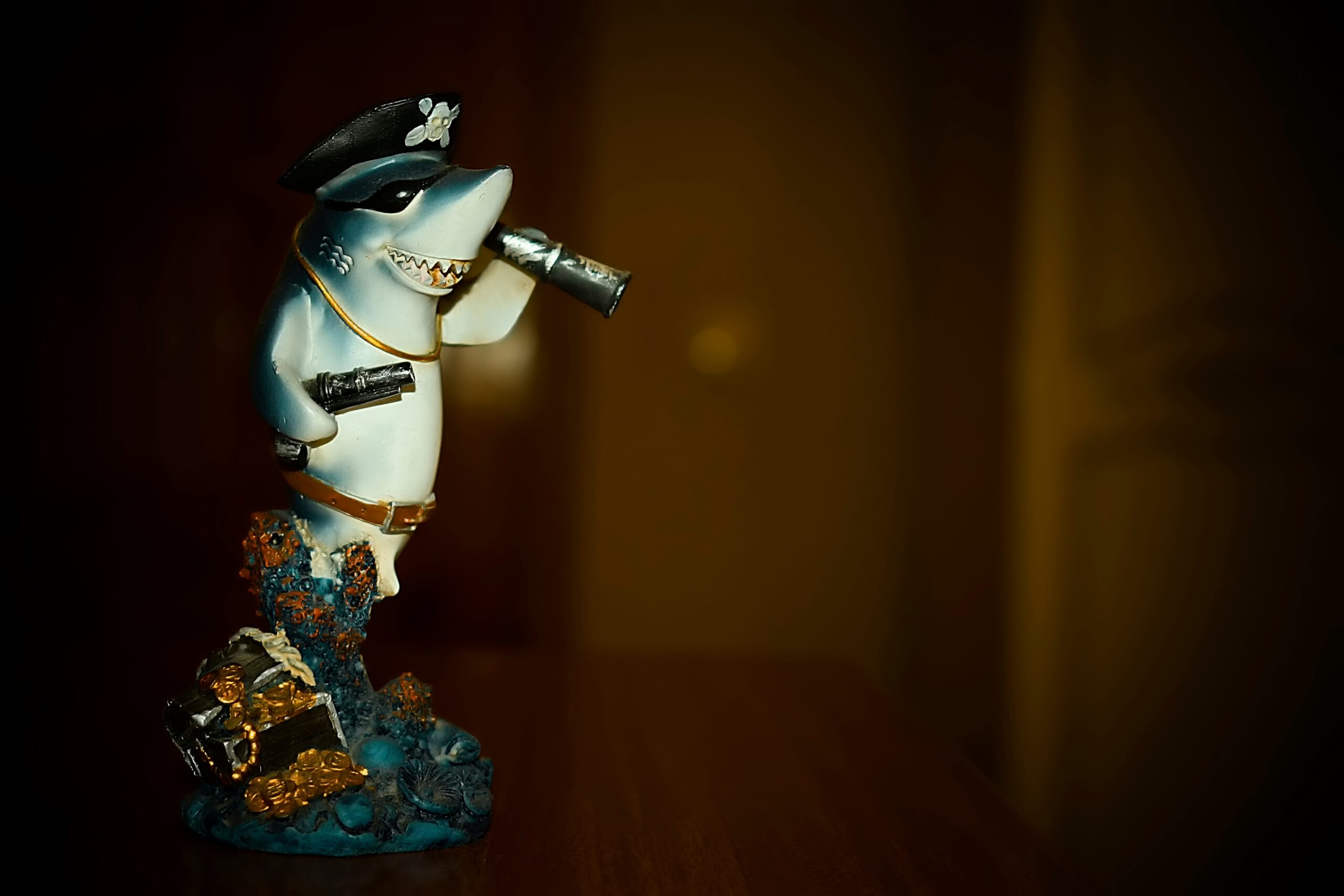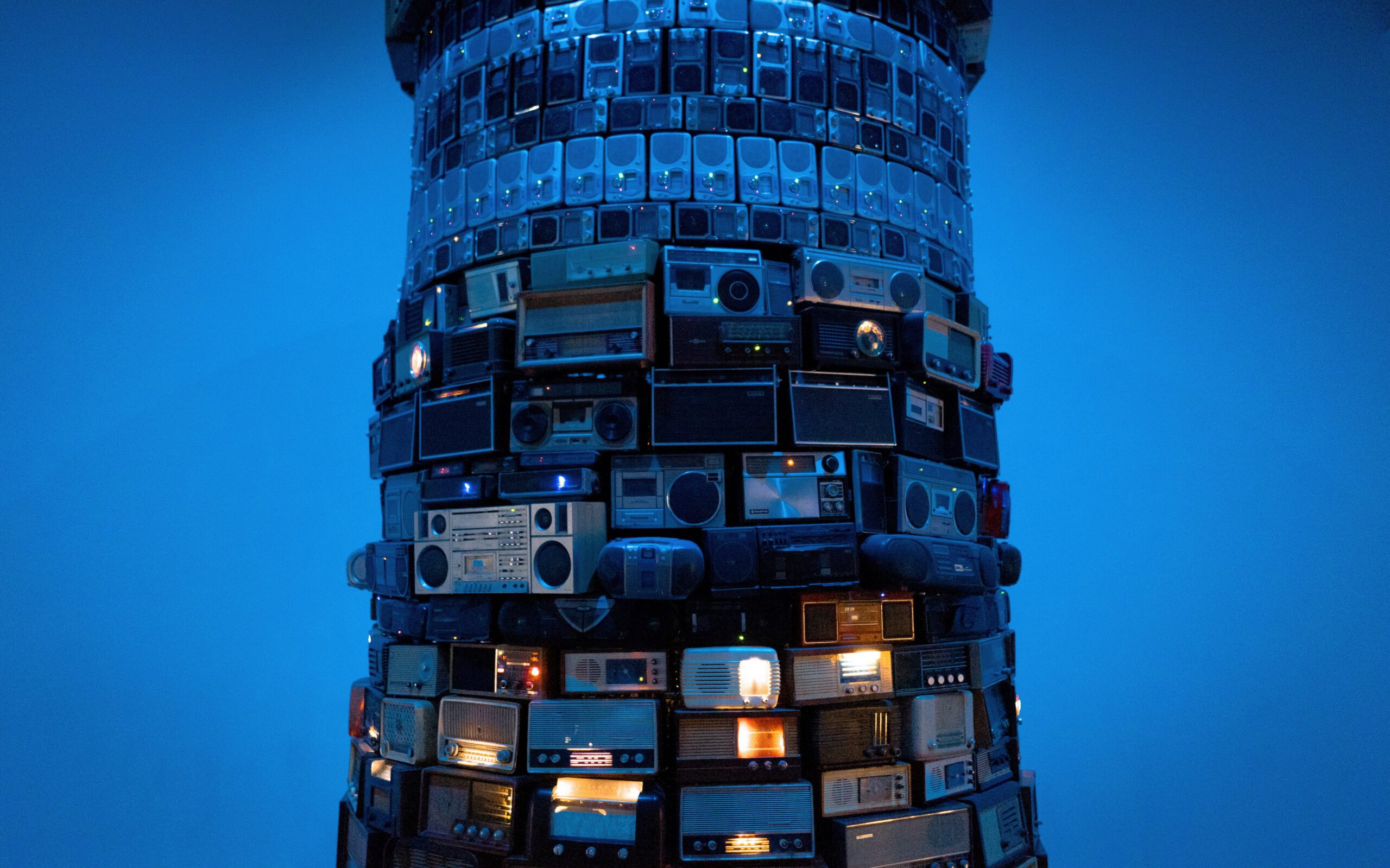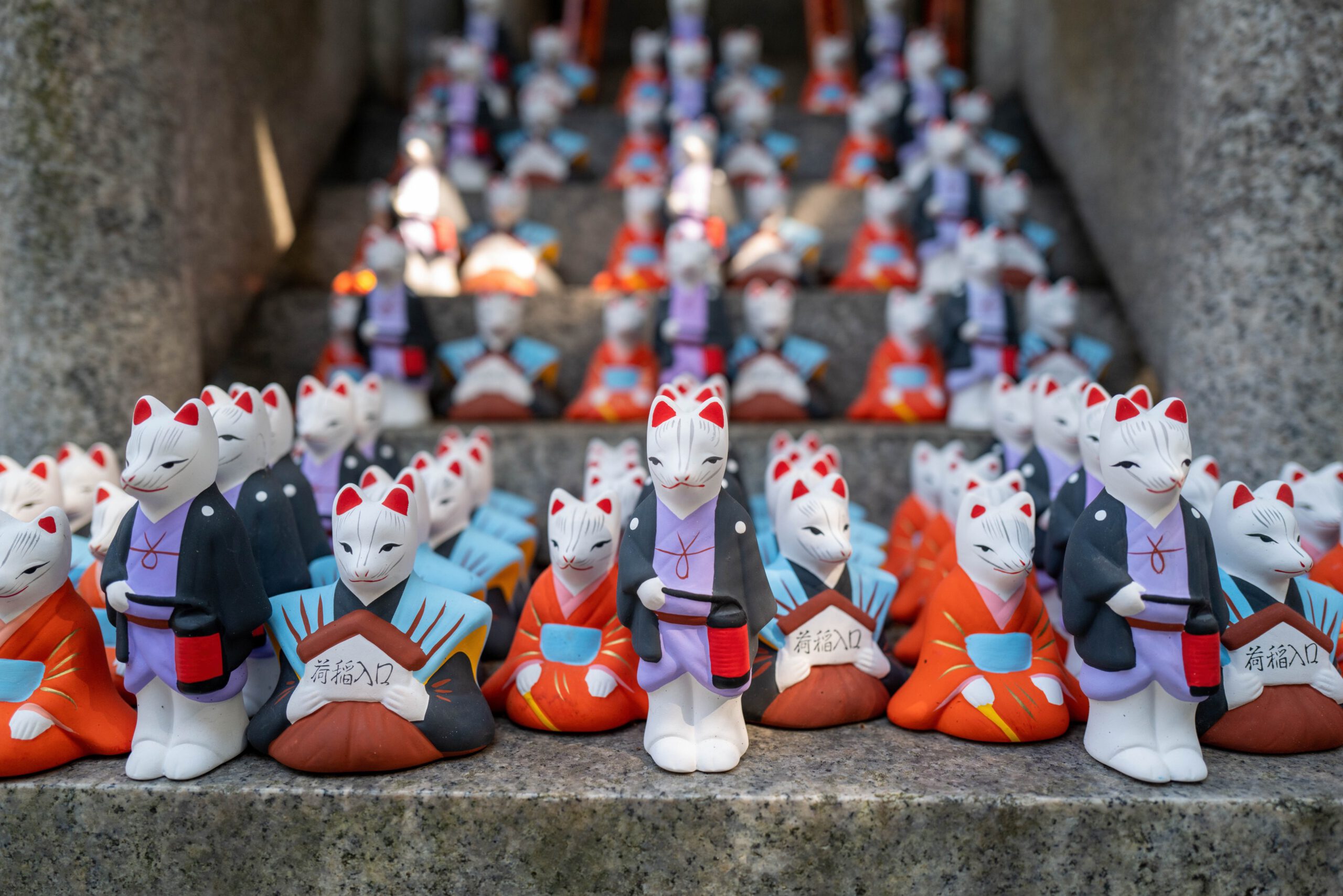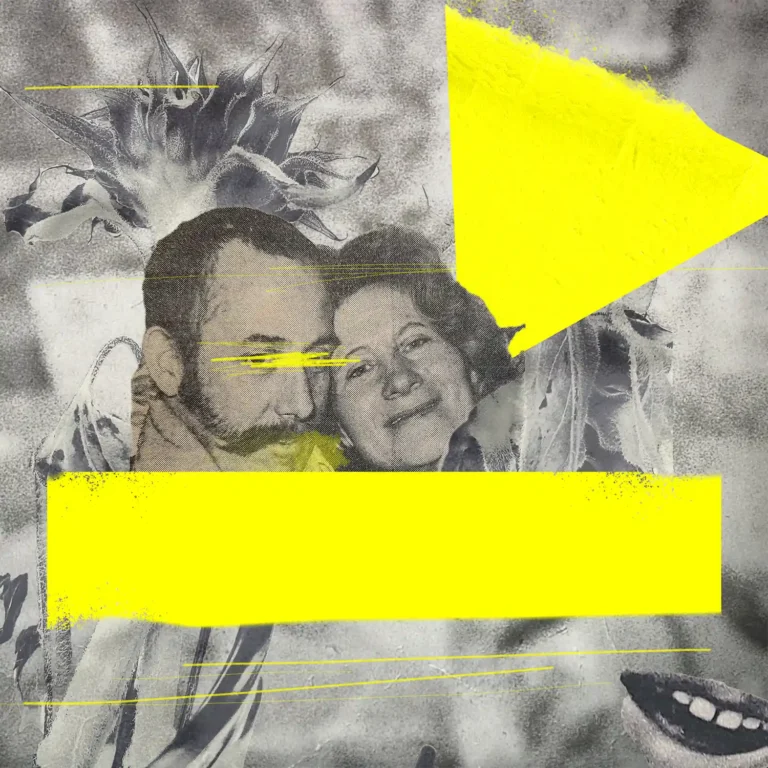There’s a lot of noise at the moment about how AI is going to replace everyone in the creative industries.
And whilst the concern is real, I believe there is an upside to this new sharp-elbowed algo-competition.
It’ll drive better ideas.
Let me elaborate.
It’ll weed out those peddling generic, wallpapery content-by-numbers – as the machines will be able to do that better, in a more targeted way, quicker. Which will make that certain kind of work even more disposable than it already is. Mmmm, appetising.
For the rest of us seeking to tell genuine stories and create longer lasting interactions with our audiences on that all important emotional level – we’re going to all have to continue to up our game to stay relevant.
And for me that can only be a good thing.
Thank f**k for Pirates
The same thing happened to the quality of music used in advertising following the fallout from piracy in the early 00s thanks to Napster and the birth of torrent streaming. Bands and artists who’d traditionally turned their nose up at sync, now began looking sideways towards it as they weren’t making any money out of album sales. And so scrabbling for a new source of income, they muscled in on the sync game in a big way. I remember pitching on a job directly against Muse (and winning it btw).
But what this did do was game changing. All those complacent composers doing naff ‘TV’ pastiches with all the edges rolled off got found out pretty quickly, as those commissioning the briefs (agencies, directors, etc) now had better quality at their fingertips. It drove the standards up across the board and we loved that.
Any new tech always attacks from the bottom first, sorting the wheat from the chaff. There or thereabouts gets surpassed pretty quickly. Blaggers beware
Now broadly speaking, the quality of music used in advertising and media is exponentially better than where it was at that point.
This is what I think will happen with AI.
Use Tech to Embellish, Not Delude
Using tech as a substitute for a genuine story, thought, or conversation is the easiest way to create a piece that may dazzle upon impact but fail to resonate deeply with its audience. As a result, it’s left feeling hollow and gimmicky and doesn’t age particularly well — unlike great ideas, which are timeless.
So regarding tech vs. art, we look at it this way: there is no one without the other, and your best weapon is always the idea. Technology merely facilitates it; it shouldn’t replace it.
Technology can be a vital ingredient to a great piece of work — or it can be a crutch. If a person can’t produce a piece without technology, there’s an argument to say maybe that person shouldn’t be allowed to produce one with it. I’m all for the democratisation of creativity – as long as it is exactly that – creative and not just repackaging someone else’s work off as your own.
Making a Mark in an Art-starved World
As a client, what you may be unaware of is that a lot of the work sent to you is by bedroom producers pulling together pre-made loops and samples without the ability to craft an original piece for your project. They aren’t writing or producing anything: they’re reorganising pre-existing files of other people’s ideas.
Using tech as a substitute for a genuine story, thought, or conversation is the easiest way to create a piece that may dazzle upon impact but fail to resonate deeply with its audience
Creative pieces built on presets will often feel homogenous. It may be in the ballpark you’re shooting for, but it needs work. And that’s when the frustration starts: you need to amend or edit the piece, but because nothing has been composed or rawly recorded, many of these producers can’t meaningfully develop the track and certainly not to your specific needs.
Being a half-decent beats producer and intently listening, getting underneath the skin of a film and finding creative, out-of-the-box approaches that nail its vision are entirely different skill sets. Additionally, performing, engineering, recording, producing, mixing, mastering and applying feedback to a final product that meets clients’ tastes draws a thick line between the two.
So, no matter how much technology you use, it’s the creative development of ideas that makes a piece unique.
Technology should be used to embellish and encourage what you have, not as a band-aid for what you’re lacking. All the gear and no idea makes Johnny a dull boy. There has to be substance first that the tech helps flourish.
Using AI to amplify not replace ways to express an idea feels (to me at least) like precisely what it should be used for. After all, nobody can be good at everything.
But if technology does too much of the heavy lifting for you, you might find you’re shoe-horning a creative question through a pre-made answer. You then have to ask yourself “Is technology—and its sometimes seemingly nonexistent limitations—really able to deliver the tailored, nuanced feel I’m looking for?”
If technology is doing too much of the heavy lifting for you, you might find you’re shoe-horning a creative question through a pre-made answer
How to Future-Proof Your Brand With Sound
Having a genuine idea – a concept at the heart of everything, stops the work from feeling disposable or fatiguing. Audiences inundated with information, new trends and content crave a genuine connection more so now than ever before. The future proofed way to this is in a genuine idea – something that stands apart from all the lacklustre white noise.
The best, most beloved work isn’t achieved via generic, anticipated and obvious responses to a creative challenge. This work struggles to take root.
The best work, exists on two levels. One: it sounds, looks, or reads great; immediate joy on a sensory level. But, just as importantly — Two: the idea has fabric, a concept that resonates beyond surface interaction and stirs emotional responses on top of physiological ones.
Looking at it that way, producing layered ideas rife with depth and subtext is a pretty decent way to future-proof it from early obsolescence.
Disposable Tech vs. Endless Ideas
We link tech to the time it’s in vogue. As soon as the world moves on – and it will move on, technology becomes passe until something akin to it returns again as ‘retro,’ as is the great circle of 21st-century life (how many iPhones have you had in the last decade? Do you have a new flip phone yet? How about a record player?)
If you want your work to stand the test of time and stay relevant throughout the next few tech reincarnations or inventions, a great idea must be at its core — beyond the technological vehicles used in its realisation
Using tech because it’s fashionable or tech-for-tech’s-sake is a surefire way to sound like everybody else. Maybe that’s what you or your client are after – but in my experience, most aren’t.
Tech’s place at the creator’s table should be solely because it expedites extracting their true intent through the small window inspiration seeps through. It shouldn’t railroad that. Or attempt to replace it. Or worse still, claim that it can do it without you.
Tech is a wonderful tool, one there to be explored — not the end goal.
